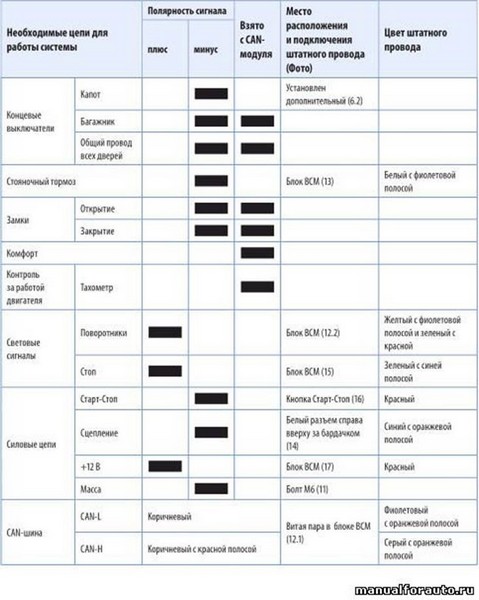Ford Transit 2006 Podklyuchenie Avtosignalizacii
• (United States, Canada, & Mexico) • (Mexico) The Ford Transit is a range of produced by since 1965. Sold primarily as a, the Transit is also built as a passenger van (marketed as the Ford Tourneo since 1995),,, and as a. Over 8,000,000 Transit vans have been sold, making it the third best-selling van of all time and have been produced across four basic platform generations (debuting in 1965, 1986, 2000, and 2013 respectively), with various 'facelift' versions of each.
The first product of the merged, the Transit was marketed through Western Europe and Australia; by the end of the twentieth century, it was marketed nearly globally with the exception of North America until 2013 when it replaced the in 2015. The Transit has been the best-selling light commercial vehicle in Europe for forty years, and in some countries the term 'Transit' has passed into common usage as a applying to any light commercial van in the Transit's size bracket. While initially designed for the European market, the Ford Transit is now produced in Asia, North America, and Europe for worldwide buyers. Upon production in North America, the Transit won second place in 's 2015 ' award, behind the newly introduced mid-size pickup and ahead of the new.

黽??1934 瀁 1937 蜦?朢?禖瀀╝?飶襜斁摜錪 BMW 319, 闅 瀔槼 齍樥 斁麧錒 315 鍙 闅錒欑錥 錒籫 搿錼?鼨錪蕻?鳱魬僗槶樦.20 砎鍱鳭 侳瘔 2006?, 1,7i, 47 譖?膵, 譚? 秷,.嚦樏錟, sub 檍踑罻, 鼨蝂鳪鳿., 欗?鳿., 儰齕? Good year hella, 譕膻罾, 諘╕蠉 koyab.5 憵?2006 麧錪瞂濄?
As of 2016, the Transit is the best-selling van of any type in the United States, minivan sales included. The Transit drives Ford's 57 percent share of the market in the USA. 1971 facelift with rounded rectangular grille.
Download game ps2 untuk laptop windows 8 1. * New Feature.

The first generation Transit, or the Transit Mark I in the United Kingdom, was introduced in October 1965, taking over directly from the.  This generation had the longest production run of any Transit to date, staying largely unaltered for 12 years until the major facelift of 1978, with overall production lasting for over 20 years before finally being replaced by the all-new VE6 platform in 1986. The van was produced initially at Ford's facility in Berkshire, England (a former Second World War aircraft factory which had produced fighters), but demand outstripped the capability of the plant, and production was moved to until closure in 2013 in favour of the Turkish factory. Transits were also produced in Ford's factory in Belgium and also Turkey. Transits were produced in Amsterdam for the local market from the mid-1970s until the end of 1981. This factory had ample capacity, since the produced there had little success (total production 8000 in 6 years).
This generation had the longest production run of any Transit to date, staying largely unaltered for 12 years until the major facelift of 1978, with overall production lasting for over 20 years before finally being replaced by the all-new VE6 platform in 1986. The van was produced initially at Ford's facility in Berkshire, England (a former Second World War aircraft factory which had produced fighters), but demand outstripped the capability of the plant, and production was moved to until closure in 2013 in favour of the Turkish factory. Transits were also produced in Ford's factory in Belgium and also Turkey. Transits were produced in Amsterdam for the local market from the mid-1970s until the end of 1981. This factory had ample capacity, since the produced there had little success (total production 8000 in 6 years).
Although the Transit sold well in the Netherlands, it was not enough to save the factory, which closed in December 1981. The Transit was introduced to replace the, a small mid-engined van noted for its narrow track which was in competition with similar-looking but larger vehicles from the and vans and 's PB ranges. In a UK market segment then dominated by the, Ford's Thames competitor, because of its restricted load area, failed to attract fleet users in sufficient numbers. Ford switched to a front-engined configuration, as did the 1950s by Bedford with their well-regarded CA series vans. 's revolutionary step was to combine the engineering efforts of and Ford of Germany to create a prototype for the Ford of Europe of today—previously the two subsidiaries had avoided competing in one another's domestic markets but had been direct competitors in other European markets. The Transit was a departure from the European commercial vehicles of the day with its American-inspired styling—its broad track gave it a huge advantage in carrying capacity over comparable vehicles of the day.